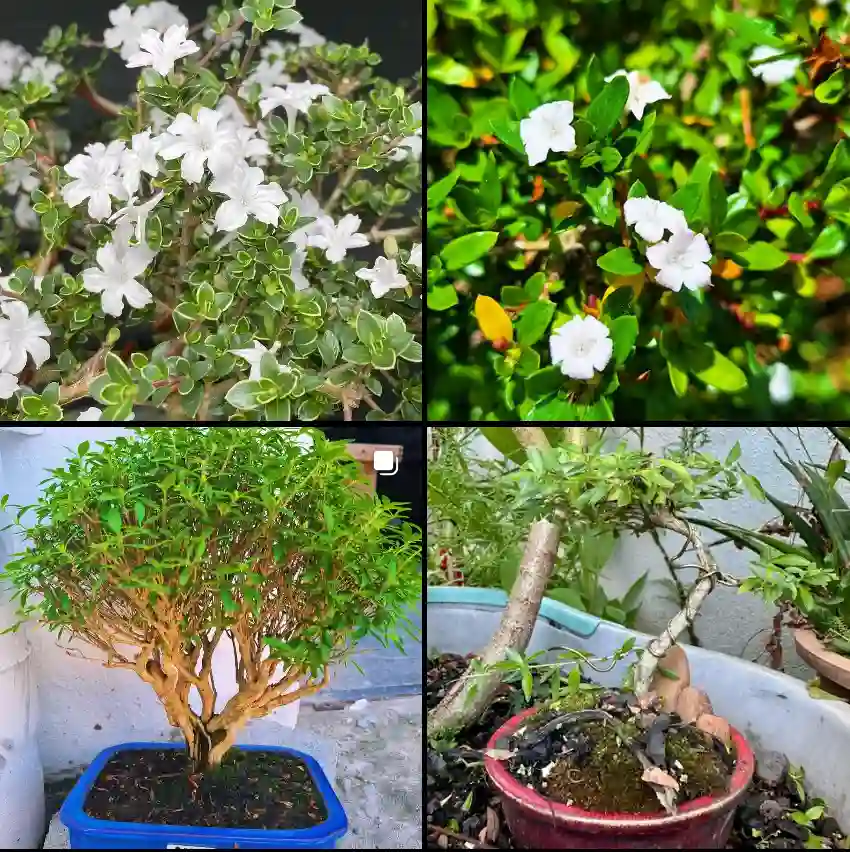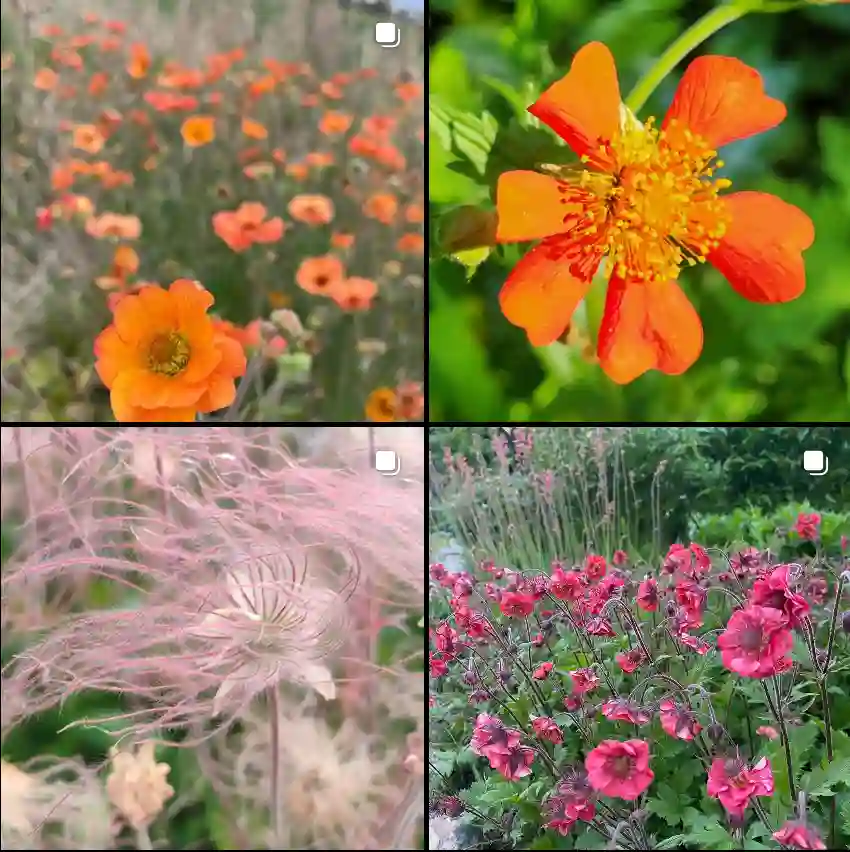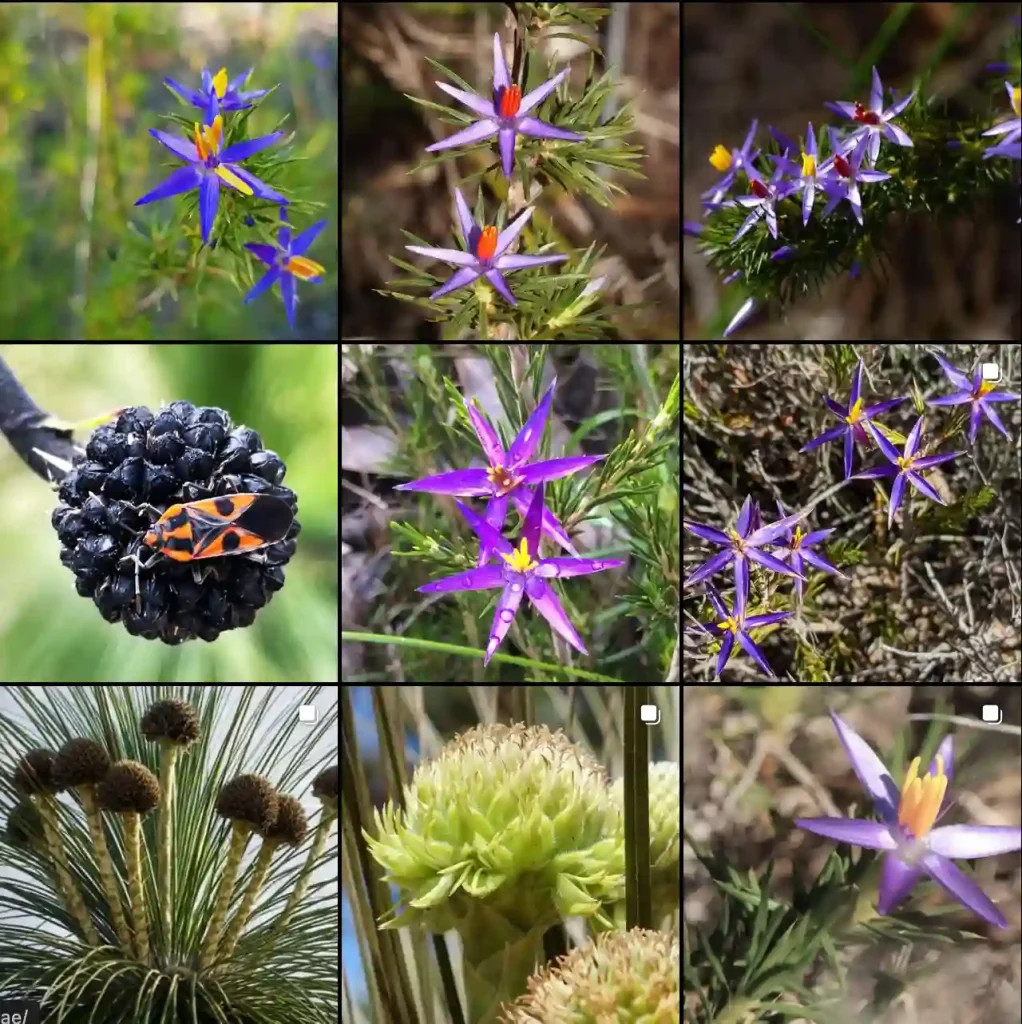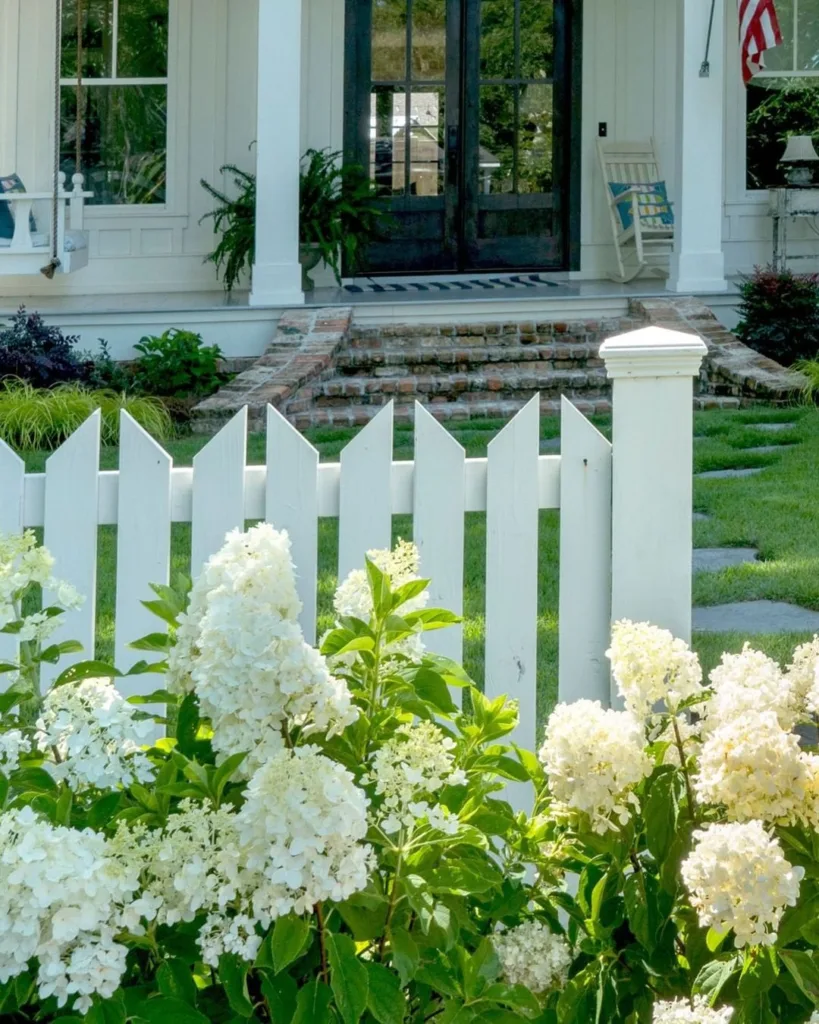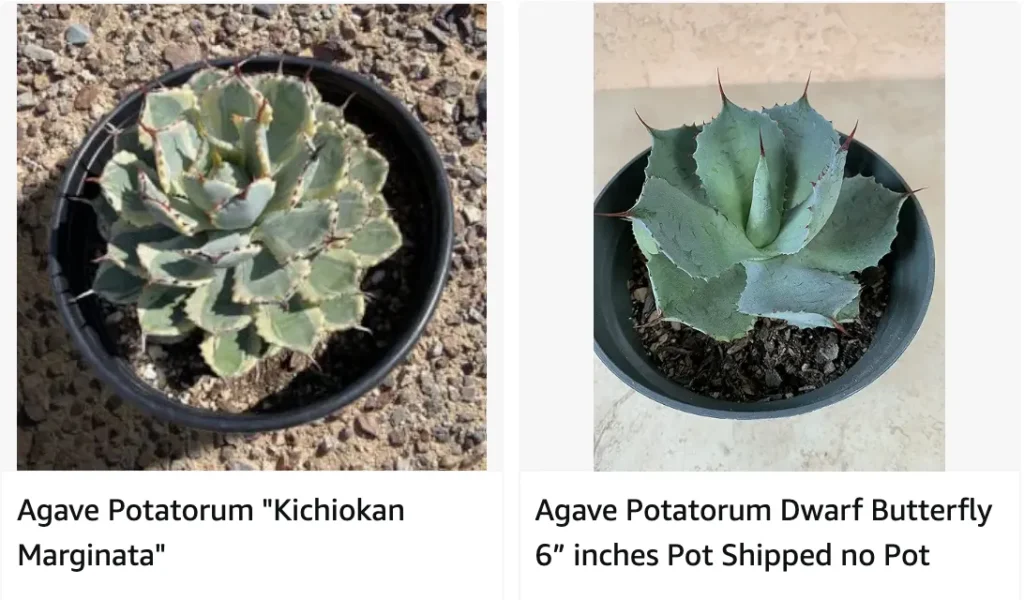
Agave Potatorum: The Butterfly Agave’s Allure – An FAQ by Ferb Vu
The Agave Potatorum, also known as the Butterfly Agave, has captivated me with its architectural form and resilience. Over the years, I’s fielded many questions about this captivating succulent. So, I decided to compile this FAQ to share my knowledge and help you cultivate your own Agave Potatorum.
304 Species in Genus Agave
Is the Agave Potatorum easy to care for?
Absolutely! This succulent is ideal for beginners. Hailing from arid regions of Mexico, it thrives on neglect. Its thick, fleshy leaves store water efficiently, making it highly drought-tolerant.
Here’s the key: underwatering is preferable to overwatering. Soggy soil can lead to root rot. During the summer, water every 1-2 weeks, allowing the soil to dry completely between waterings. In winter, you might not need to water it at all.
What kind of light does the Agave Potatorum need?
Mimic its natural habitat – bright, indirect sunlight. A south-facing window is ideal. Avoid harsh afternoon sun, which can scorch the leaves. Rotate your plant occasionally for even growth.
While it can tolerate some shade, insufficient light can cause the leaves to stretch, compromising its form.
What’s the best soil for the Agave Potatorum?
Drainage is paramount. Opt for a well-draining succulent or cactus mix. You can also create your own by combining equal parts potting soil, perlite, and sand.
Terracotta pots with drainage holes are perfect for Agave Potatorum. The porous material allows excess water to evaporate, preventing root rot.
How big does the Agave Potatorum get?
Growth is slow and steady. A mature plant can reach 2-3 feet tall and wide. Don’t expect overnight results; enjoy the journey of watching it mature over time.
Does the Agave Potatorum bloom?
Yes, but be patient! It takes several years, sometimes a decade or more, for a mature Agave Potatorum to produce a dramatic flower stalk that shoots up from the center, boasting greenish-yellow flowers.
This spectacular bloom marks the end of the plant’s life cycle, but fret not! Pups, or baby agaves, will sprout around the base, ensuring the continuation of your Agave legacy.
Agave Potatorum vs. Agave Americana (Blue Agave)
Both are popular agave species, but with distinct characteristics.
The Agave Potatorum is smaller and more compact, with narrower, upward-curving leaves with a distinctive wavy margin. Its flower stalk is slender and branched.
The Agave Americana, commonly known as the Blue Agave, is a larger, more statuesque plant with broad, blue-grey leaves that have a terminal spine. Its flower stalk is thick and unbranched. The Blue Agave is the source of tequila.
Can I propagate the Agave Potatorum?
Absolutely! There are two main methods:
- Pups: Small offsets, or pups, will emerge around the base of the mother plant. Once these pups reach a manageable size (2-3 inches tall), you can carefully remove them with a sterilized knife and pot them up in their own containers.
- Leaf cuttings: Take a healthy leaf, allow the cut end to callous over for a few days, then plant it upright in a well-draining mix. Keep the soil slightly moist until roots develop.
Does the Agave Potatorum have any pests or diseases?
Thankfully, it’s relatively pest and disease resistant. However, keep an eye out for mealybugs, which appear as cottony white clusters on the leaves. Treat them with insecticidal soap or neem oil.
Avoid overwatering, as this can attract fungus gnats. If you see them, letting the soil dry completely should get rid of them.
Where can I buy an Agave Potatorum?
Many online retailers and nurseries sell Agave Potatorum. Look for a reputable source that sells healthy plants.
With its architectural form, low-maintenance nature, and beautiful blooms (eventually!), the Agave Potatorum is a rewarding succulent to add to your collection. So, why not give it a try?
If i die, water my plants!
